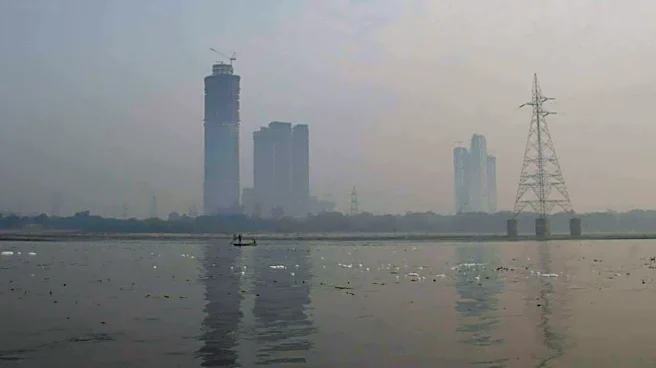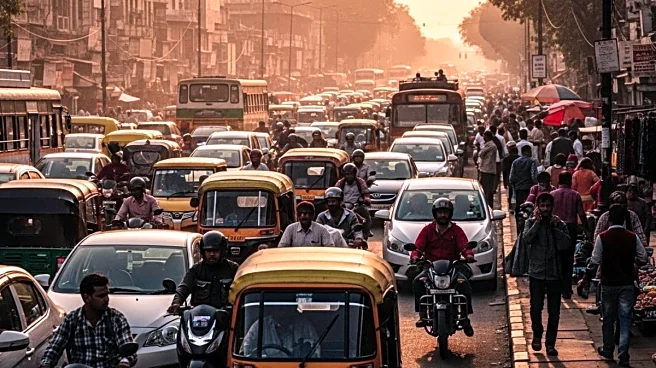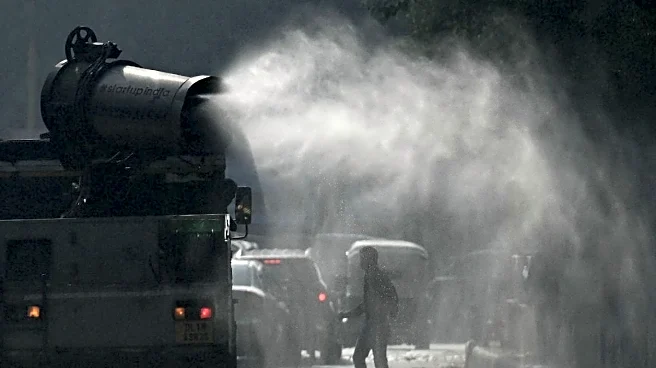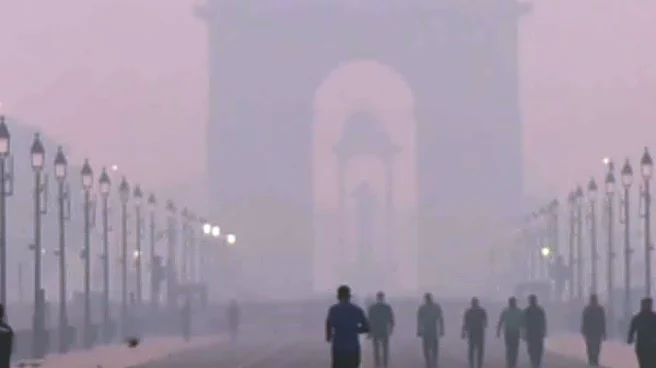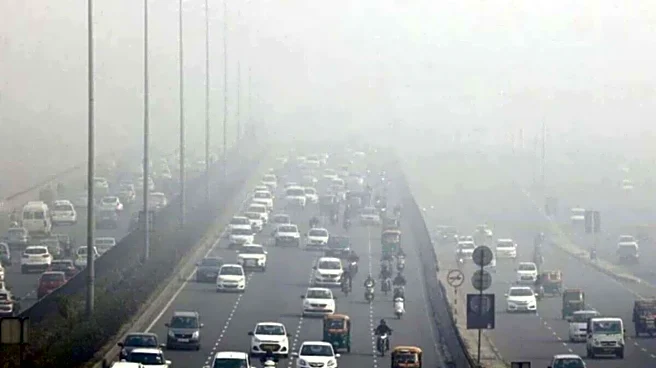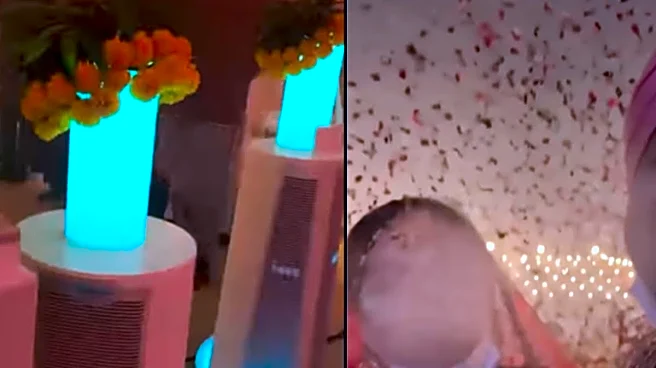The air quality index of the national capital neared the ‘severe’ category as the pollution continues to worsen. On Sunday morning, the AQI of several places crossed the 400 mark.
While Delhi’s average
AQI was recorded at 392, several areas — including Bawana, Burari, and ITO — reported levels exceeding 400. On Sunday, the city woke up to a thick blanket of smog as air quality continued to deteriorate.
The national capital is breathing toxic air after Diwali, and the situation continues to get worse. On Saturday, the hourly average AQI reached 387 at 11 PM, nearing the “severe” category. Despite this, the commission responsible for pollution control did not implement the stricter emergency measures previously directed by the Supreme Court.
According to data from the Central Pollution Control Board, the AQI rose steadily from 322 at 4 p.m. on Friday to 361 by the same time on Saturday. By late evening, 21 of the city’s 39 monitoring stations had already registered readings in the “severe” range.
The Commission for Air Quality Management (CAQM), which oversees the Graded Response Action Plan for the National Capital Region, neither held a meeting nor imposed stage 3 restrictions, even though the AQI had crossed the 350 mark — the level that should trigger tougher curbs under last year’s Supreme Court directive.
Meanwhile, Chief Minister Rekha Gupta appealed to residents to carpool, rely more on public transport, and urged private offices to permit work-from-home arrangements.
Check Area-Wise AQI For November 9, 2025
Rohini- 435
Shadipur- 362
Sonia Vihar- 416
Vivek Vihar- 424
Wazirpur-436
Alipur-415
Anand Vihar- 413
IGI Airport-357
Bawana-436
Burari Crossing-430
Mundka-421
Dwarka Sec 8-378
ITO 420
Jahangir 433
Lodhi Road 378
JLN Stadium- 382
Najafgarh- 344
Narela- 420
Ohkla Phase 2- 405
Pusa- 410
RK Puram- 419


